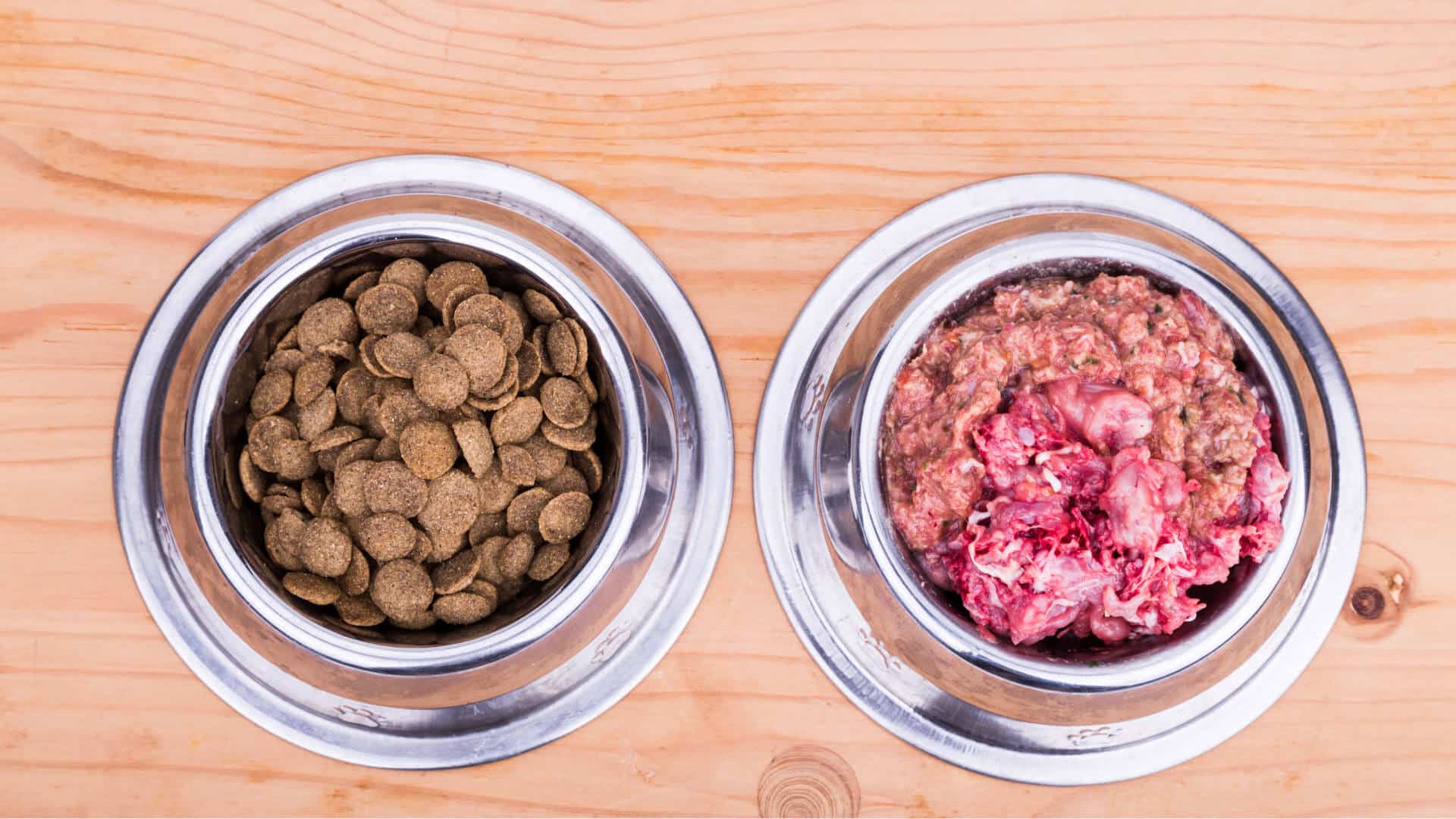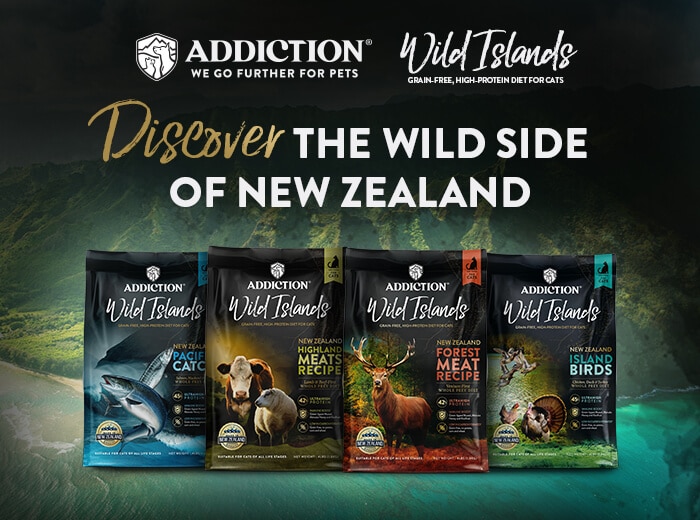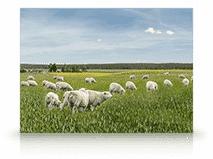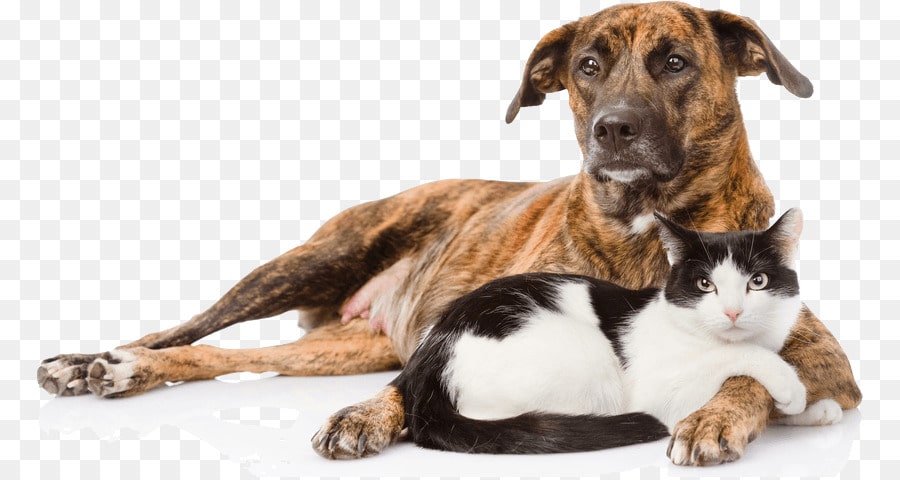Enticing Pet Palates: Single vs. Multi-Cuisine Menus
Today, we’re diving paws-first into a topic that’s close to our hearts and crucial for our furry friends: rotational or repertoire feeding. You might be wondering, “What does it bring to the table?” (or should we say, the pet bowl)
Rotational feeding is like the culinary adventure of a lifetime for your pets. It’s the practice of offering them a variety of different foods, rather than sticking to the same old kibble day in and day out. Just imagine if you had to eat the same meal every day – even if it’s your absolute favorite, it would get a tad boring, wouldn’t it? They deserve a taste of variety too!

Rotational Feeding vs. Traditional Feeding
Now, let’s address the topic at hand: how does rotational feeding compare to traditional feeding practices?
Conventional feeding typically entails offering the same brand and flavor of pet food consistently. It’s akin to having the same sandwich for lunch every day. It gets the job done, but it lacks the excitement and opportunity for culinary exploration.
Rotational feeding, on the contrary, breaks away from monotony. It provides your pets with the chance to relish an array of flavors and nutrients. By rotating their diet, you not only satisfy their taste buds but also ensure a more well-rounded nutrition. Each food source brings its unique nutritional benefits, reducing the risk of deficiencies and food sensitivities.
According to veterinarian Dr. Bradley Quest, “Many food allergies and intolerances can be attributed to repeated and continued exposure to a certain protein source. Over time, the pet’s body can have a negative immune reaction to a single protein. By rotating protein sources, we may reduce the frequency of food allergies and intolerances in our pets,” he told All About Wellness Magazine.
Dr. Quest also points out, that, “By rotating protein sources, it is also less likely your pet will develop an allergy or intolerance to a certain protein.”
Benefits of Rotational Feeding
- Nutritional Diversity: Rotational feeding introduces a variety of pet foods, each with its unique blend of essential nutrients. This diversity ensures your pets receive a balanced diet, promoting overall health and well-being.
- Enhanced Palatability: By regularly switching up their meals, rotational feeding keeps mealtime exciting and prevents pets from getting bored with their food. This enhanced palatability encourages them to look forward to every meal.
- Reduced Sensitivities: Rotational feeding can be a game-changer in minimizing the risk of food allergies and antigenicity. By introducing pets to a diverse array of ingredients, we significantly lower the chances of them developing sensitivities to specific components commonly found in their food.
These benefits make rotational feeding a fantastic choice for pet owners looking to provide their furry companions with a more enjoyable, diverse, and potentially healthier dining experience.
Implementing Rotational Feeding in Your Pet’s Diet
So, you’re excited about the idea of rotational feeding, but how do you put it into action? Fear not, pet parents, we’ve got you covered!
- Assess Your Pet’s Current Diet: Begin by taking stock of what your pet is currently eating. Note the brand, flavor, and type of food (dry, wet, etc.) they’re accustomed to.
- Choose High-Quality Foods: Select a range of high-quality pet foods, ensuring they have different protein sources and nutrient profiles. According to PetMD.com, “When a dog consumes too much protein in a meal it cannot all be utilized at one time, nor can it be stored for later. Thus, the quality of the protein becomes more important than the actual amount as a high-quality protein is more bioavailable and can be better absorbed by the body.”
- Start Slowly: Begin the transition by replacing a small portion of your pet’s current food with a new one. Gradually increase the proportion of the new food over several days or weeks.
- Monitor Your Pet: Keep a close eye on your pet’s reactions to the new diet. Look for any signs of allergies or sensitivities, although these are less likely with rotational feeding.
- Variety is the Spice of Life: Continuously rotate through the selected foods to maintain variety and nutritional diversity. Aim for a schedule that suits your pet’s preferences and needs.
Transitioning Between Different Types of Food
Transitioning between different types of food, such as dry, wet, and raw, can be done smoothly with these tips:
- Gradual Transition: When switching between food types, follow the same gradual transition approach as when introducing new brands. Mix a small amount of the new type with the old and gradually increase the proportion.
- Consider Mixing: Some pet parents opt to mix different food types within the same meal. For example, you can combine dry kibble with wet food or add raw food to the mix for added variety.
- Observe Digestive Health: Keep an eye on your pet’s digestive health during transitions. If you notice any issues like diarrhea or vomiting, slow down the process and consult your vet if problems persist.
Frequency and Portion Control
Determining how often to rotate and portion control is crucial:
- Frequency: The frequency of rotation can vary from daily to weekly, depending on your pet’s preferences and tolerance. Some pets enjoy daily variety, while others may prefer weekly changes.
- Portion Control: Ensure you’re providing an appropriate portion size for your pet’s size, age, and activity level. Follow the recommended feeding guidelines on the pet food packaging and adjust as needed.
Potential Challenges and How to Address Them
Rotational feeding can be incredibly rewarding, but it’s not without its challenges. Here are some common hurdles and tips to overcome them:
- Digestive Sensitivity: Some pets may experience mild digestive upset during the transition. To address this, make the switch gradually, offering a mix of the old and new food until their system adapts.
- Preference for One Food: Your pet might develop a strong preference for a particular food. To maintain variety, consider mixing favored foods with less preferred options.
- Cost Considerations: High-quality pet foods can be more expensive. This is also why rotational feeding is great. You can balance between food types as well as provide some extra nourishment as your budget allows. Other budget management options include exploring more budget-friendly options within your chosen brands or categories of food. Try not to trade down on quality ingredients. Ingredient provenance is important!
- Time and Organization: Rotational feeding can require more planning. To simplify, create a feeding schedule and label food bags for easy identification.
- Allergies or Sensitivities: Keep an eye out for any signs of allergies or sensitivities. If your pet shows adverse reactions, consult your vet and adjust their diet accordingly.
Importance of Consulting with a Veterinarian
Consulting with a veterinarian is important when changing your pet’s diet, and this includes implementing rotational feeding. Vets can provide personalized recommendations based on your pet’s specific needs, ensuring that rotational feeding aligns with their health requirements.
Vets can offer advice on the best types of food for your pet, especially if they have allergies, sensitivities, or underlying health conditions. Lastly, they can help with portion control and weight management to ensure your pet maintains a healthy weight throughout the rotation.
Remember, every pet is unique, and their dietary needs should be treated as such. Your veterinarian is your ally in creating a safe, healthy, and enjoyable rotational feeding plan tailored to your furry friend’s individual requirements.
Recommendations
In our quest to provide you with top-notch options for rotational feeding, we’re excited to introduce you to a star player in the lineup: Addiction’s Raw Alternative Dog Food in Outback Kangaroo Feast.
This extraordinary formula is a fantastic addition to your pet’s rotational feeding plan for several compelling reasons:
- Novel Protein Source: Kangaroo meat is not only exotic and exciting for your pet’s palate, but it also offers a high-quality protein source. It’s less than 2% fat, easily digestible, and an excellent choice for pets with food sensitivities or allergies.
- Omega-3 Rich: Kangaroo meat is naturally rich in Omega-3 fatty acids, which are essential for a healthy coat and skin. It also supports joint health and overall vitality.
- Low Allergenicity: Many pets with allergies or sensitivities to common proteins like chicken or beef thrive on kangaroo-based diets due to their low allergenicity.
- Grain-Free and Wholesome: Outback Kangaroo Feast is grain-free and crafted with ingredients like sweet potatoes, carrots, and peas, providing a balanced and nutritious meal.
- Superior Quality: We are renowned for our commitment to quality and sustainability. Our Raw Alternative Dog Food exemplifies these values, offering pet parents peace of mind and pets a delectable dining experience.
Time to Embrace Rotational Feeding for Your Beloved Pet!
You’ve journeyed with us through the delectable world of rotational feeding. Now, it’s time to take the leap and enrich your pet’s life with this delightful approach to nutrition.
Remember, every pet is unique, and what works best for one may differ from another. The key is to tailor rotational feeding to your pet’s individual needs, preferences, and any guidance provided by your veterinarian.
With this guide in hand, you’re well on your way to implementing rotational feeding, providing your furry companion with a flavorful, diverse, and nutritious dining experience. Bon appétit, fur babies!
We invite you to embark on this culinary adventure with your furry companion and explore the wide range of products we offer at Addiction. Our premium dog and cat food are crafted with love and dedication to provide your pets with the best flavors and nutrition New Zealand has to offer. With us, you’re not just feeding your pet; you’re going further for them, ensuring they enjoy a life filled with variety, flavor, and well-rounded nutrition.
Explore our product range here!











